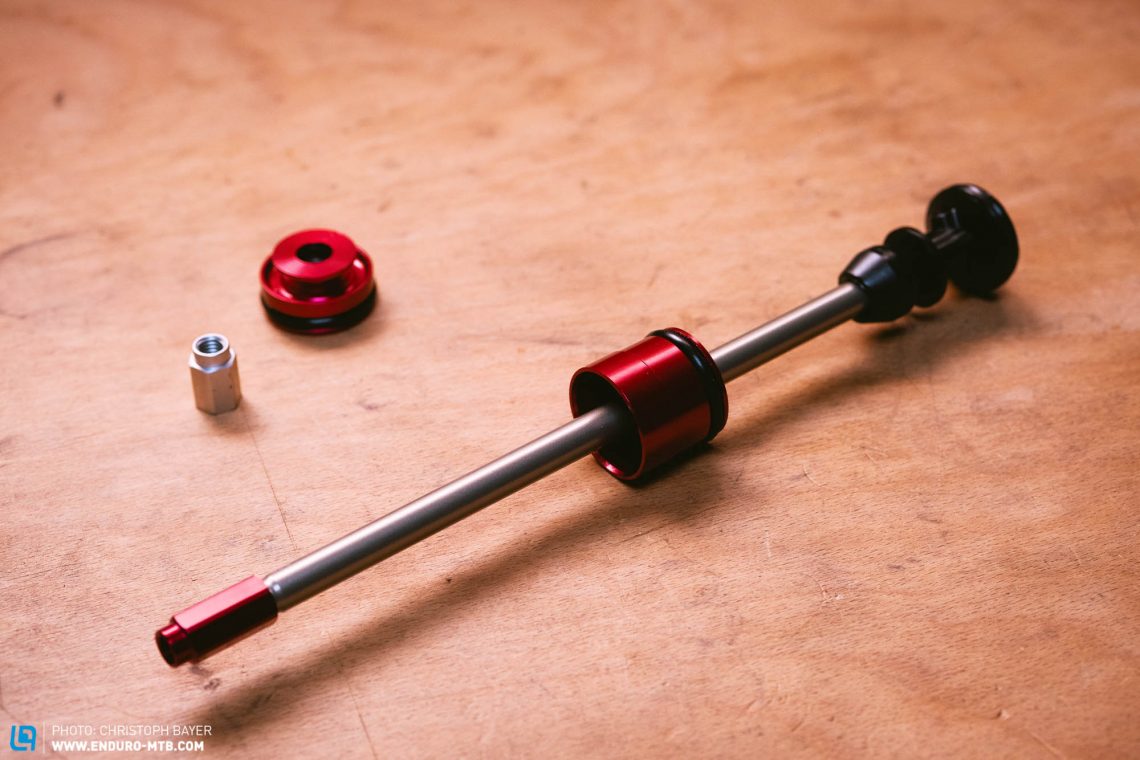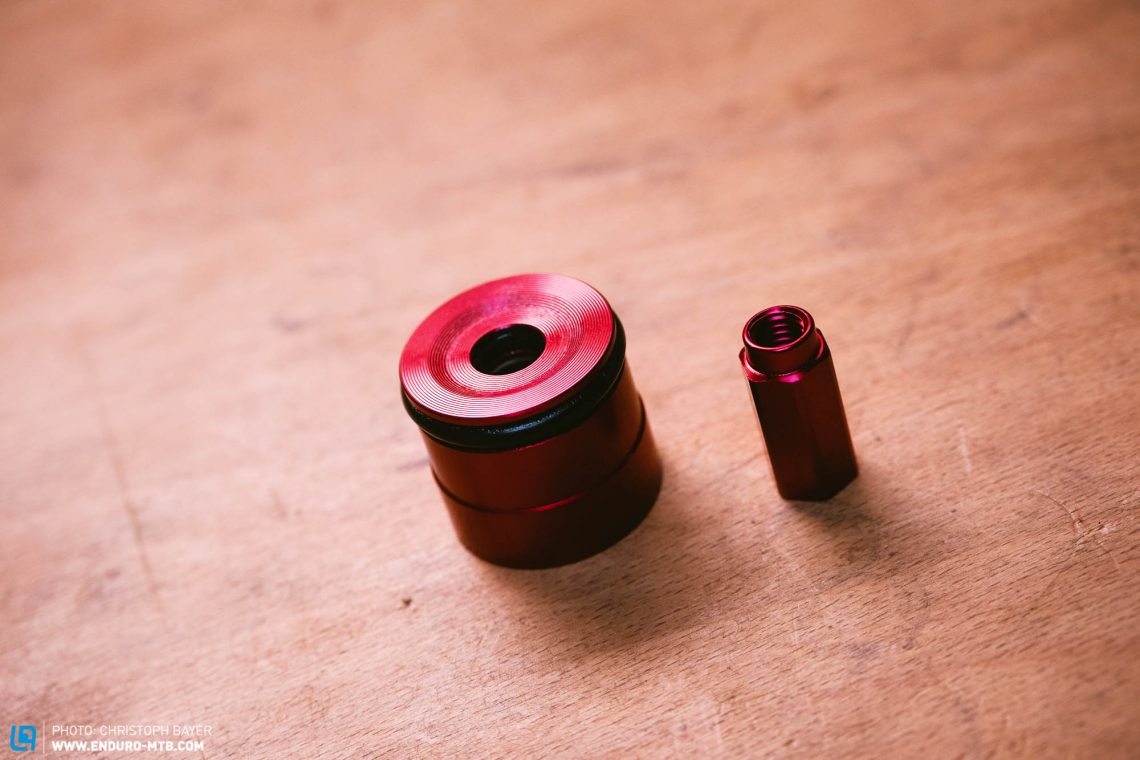Does your RockShox fork sag slightly without you riding it? Do you occasionally find yourself wishing the fork would stay higher in its travel? The new DebonAir upgrade could be the solution! We’re here to tell you how it works, what it costs and how to instal it in your fork.

In our 2018 suspension fork group test, the RockShox Lyrik RC2 was crowned Best in Test. It already featured the so-called DebonAir air spring and if you were an owner of an older PIKE, Lyrik or Yari fork at the time, you would have been able to upgrade your fork with this new air spring assembly. The advantages it offered back then were a more sensitive response and more mid-stroke support thanks to a bigger negative air chamber. However, RockShox hadn’t yet resolved the issue that some forks sagged by a few millimetres without the rider onboard. The latest update promises to have addressed this – and even more.

Why do RockShox forks tend to sag by a few millimetres?
To understand what the new upgrade does, you first need to understand the internals of the fork. Situated inside the right-hand upper tube is a notch or dimple, which is there to equalise the air pressure between the positive and negative air chambers. This dimple is positioned in such a way that the equalisation happens with the fork sagged, that is to say at approximately 25% into its travel. However, due to the increasingly large negative air chamber, the fork tends to contract by a few millimetres if the negative air chamber has a higher pressure than the positive air chamber.

How does the new DebonAir upgrade work?
Since it isn’t possible for RockShox to move the position of the equalisation notch in the upper tube, they’ve simply moved the air spring piston upwards by lengthening the shaft nut of the air spring shaft. That way, the piston and the equalisation dimple are lined up with the fork fully extended. As a result, the latest DebonAir upgrade allows the positive and negative air chambers to equalise with the fork extended instead of at 25% sag. On the one hand, this has the advantage that the fork will no longer contract, seeing as the air chambers are always able to equalise. And on the other hand, the air chambers don’t need additional equalising when putting air into the fork.

Does the new positioning of the air spring piston change the performance of the fork?
A clear advantage of the DebonAir upgrade is that the fork will no longer contract. However, due to the higher position of the air spring piston, the positive air chamber shrinks minimally while the volume of the negative air chamber increases. To compensate for this, the seal head of the air spring (red in the picture above) has also been modified to move the seal upwards. That way, the only time you would notice the increased progression caused by the smaller main air spring is when you bottom out. However, RockShox have also thought of a solution for this: the bottom of the new seal head is hollow on the inside. The hollow seal head increases the volume inside the lower leg compared to the old DebonAir unit, seeing as the air chamber in the lower leg also acts as a mini air spring and has an influence on the fork’s performance, which many people aren’t aware of. However, due to the increased volume of the lower leg, it’s spring action is weaker and according to RockShox, the fork should offer the same overall bottom out feeling when combined with the smaller and thus more progressive main air chamber.

How to install the new DebonAir upgrade?
There are two ways to install the new DebonAir upgrade. Riders with an old Lyrik, PIKE, Revelation or Yari with 35 mm stanchions – without the DebonAir assembly – can buy the complete air spring unit including the latest upgrade and install it as described in our step by step guide. If you already have a DebonAir air spring in your fork and would like to install the upgrade, simply follow the same step-by-step guide and install the new seal head and shaft nut on the existing DebonAir shaft. It is important that you use Loctite on the shaft nut. Setting up the fork remains unchanged. If you want to know how to find the perfect setup for your suspension, we’ve written a very detailed setup guide.

What does the new DebonAir upgrade cost?
As with fitting the upgrade, the cost depends on whether you already own a DeboAir air spring. If you already own a DebonAir unit, you only need the new shaft nut and seal head for € 29, but if you’ve got the older, black air spring, you will have to buy a complete 2021 DebonAir unit for € 47.

Our opinion on the new DebonAir upgrade
Unfortunately, we haven’t yet been able to test the new DebonAir upgrade extensively. However, the first impression is very positive. The positive and negative air chambers are able to equalise with the fork extended and we weren’t able to observe any contraction. If your fork is due a service anyway, we recommend investing a few euros for the upgrade kit, especially if you haven’t yet installed the DebonAir unit.
For more information head to sram.com/en/rockshox

Did you enjoy this article? If so, we would be stoked if you decide to support us with a monthly contribution. By becoming a supporter of ENDURO, you will help secure a sustainable future for high-quality mountain bike journalism. Click here to learn more.
Words & Photos:









